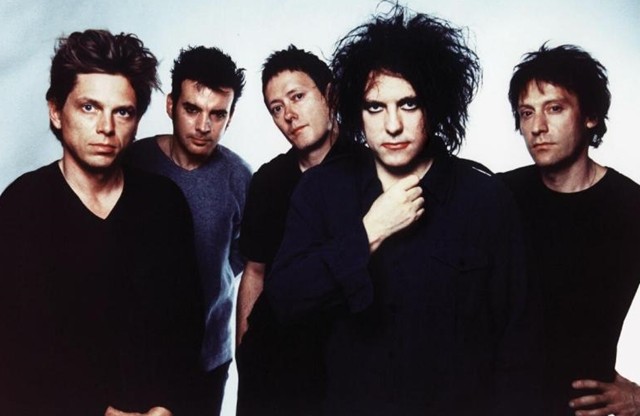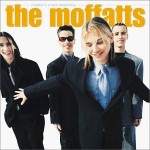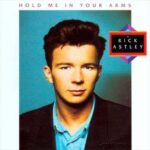
By Jae-Ha Kim
Chicago Sun-Times
July 15, 1986
You won’t find the Cure on the singles charts today, but you will find them headlining tonight at Poplar Creek Music Theater in Hoffman Estates.
That’s ironic even to Lawrence Tolhurst, keyboardist for the British quintet, which gives equal time to synthesizers and guitars. Tolhurst finds it especially ironic because the Fixx, another British group more popular in America than the Cure, was an opening act for the Moody Blues at Poplar Creek recently.
“It is kind of strange since we have never had a major hit in America,” Tolhurst said in a groggy voice. It was 2 p.m. and he was just waking up.
“Life is full of paradoxes. I know that we’ve played basically the same area constantly and built a following. . . . We decided that instead of playing two or three nights in a small club in each city, we’ll just play large venues for three weeks.”
Wherever the band goes, other members of the Cure tend to get overshadowed by the group’s vocalist, Robert Smith, who has been called the thinking man’s pinup. Smith looks like a dark version of Boy George. But Tolhurst said that he and fellow members Simon Gallup (bass), Porl Thompson (keyboards) and Boris Williams (drums) prefer to let Smith handle most of the media work.
“With us, we know how much work it is to be in the public eye all the time, so we find it a relief that Robert is capable of handling all of this. Actually, this time around we’re all participating more, which is why I’m doing my share of interviews.”
The Cure doesn’t like to rehash old formulas. “I know that once a lot of bands find a formula that works, they’ll use it until they wear it out,” Tolhurst said. “But for us, it would make us feel so stupid that we wouldn’t want to do that. ”
The Cure’s latest album, “Standing on a Beach – The Singles,” is a compilation of their British hit singles. The songs range from the club hit “Let’s Go to Bed” to the anthemlike “Boys Don’t Cry.”
Tolhurst said the group was surprised when “Let’s Go to Bed” became their most-popular U.S. record. The song was made as a joke, he said, and the Cure almost released it under a pseudonym because they didn’t particularly like it.
“It was such a disco-like thing that we didn’t think it conformed to our so-called music style,” Tolhurst said. “But then we thought, `Well, if we recorded this song, then it must be part of our style.’ ”
Since the Cure began 10 years ago, three members have left to pursue outside projects.
“Yeah, we tend to leave when we get bored,” Tolhurst said, laughing. “But we come back after a little bit ’cause the Cure is always up to something new.”
That includes new hairstyles as much as new music. The group is known for its post-punk look – dark eyeliner, very pale skin and unruly hair – but Tolhurst said the members don’t try to create an image.
“What you see is how we are offstage, too,” he said. “In America, people seem to be more taken aback by different styles than in England. But what it really is is that in America, when people see someone like me walking down the street, they’ll look at me and point and say, `Doesn’t he look odd?’ In Britain, people think the exact same thing but they keep it to themselves. . . .”
The album cover for “Standing on a Beach” doesn’t have a picture of the Cure. Instead, there’s an elderly fisherman.
“I’m glad we did it because the picture of that man is a lot more honest than a picture of the band in a lot of ways,” Tolhurst said. “When a person sees the cover, he doesn”t know what to expect. If we had a picture of us, the person would guess at what type of music might be on it and not buy it just ’cause he or she didn’t like the way we looked.
“Obviously, most of our fans will enjoy our concerts no matter had bad we sound,” Tolhurst said with a chuckle. “But if they bring along a friend who doesn’t really care for us, and who either loved our set or detested it, then we’ll be satisfied. I think an extreme reaction is better than if they leave thinking, `Well, they weren’t too bad.’ That’s not what rock ‘n’ roll is about.”





